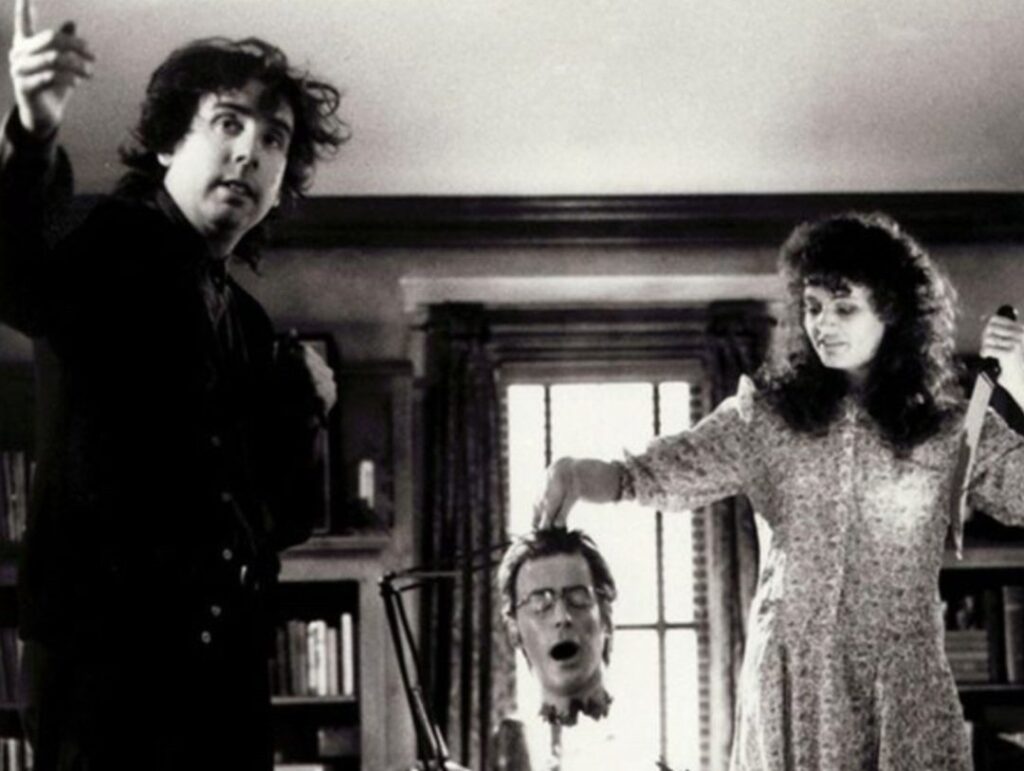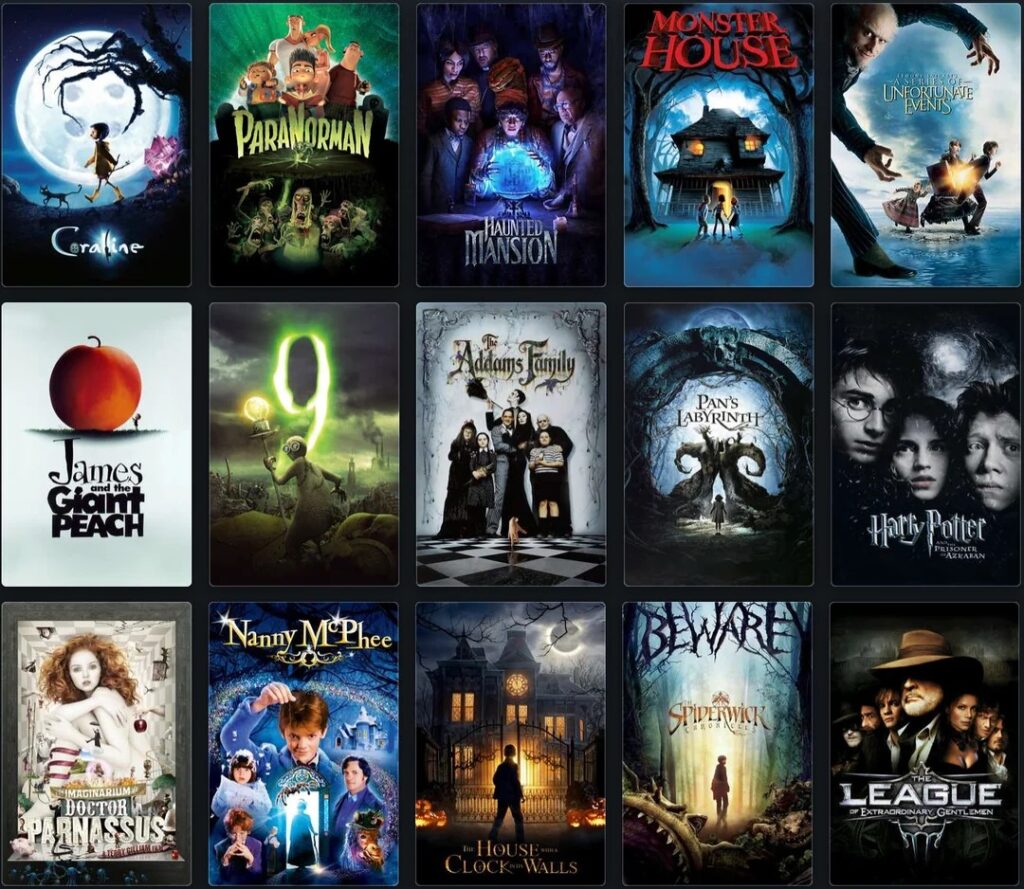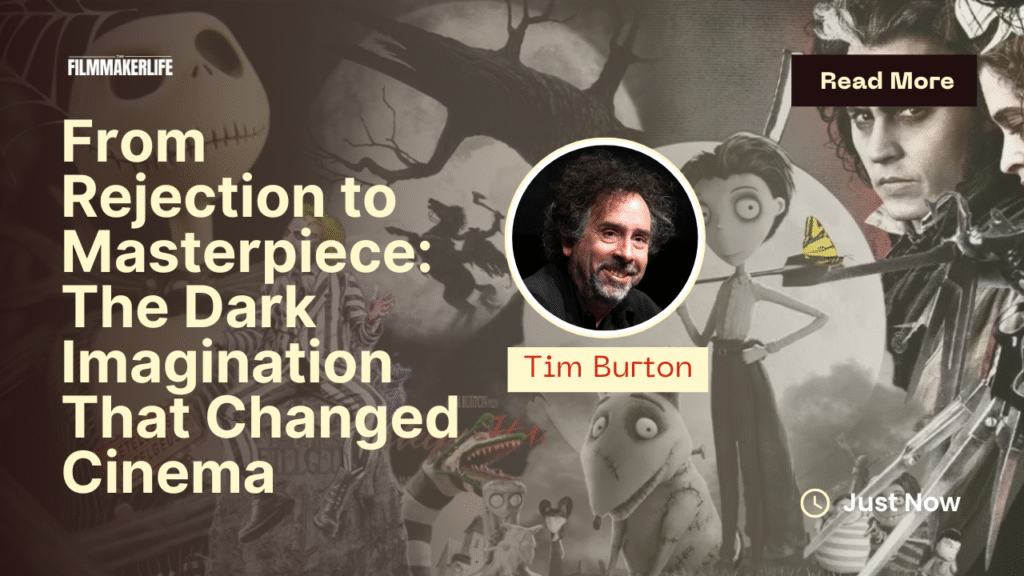The Disney Rejection That Defined a Visionary
Before the world saw him as a master of gothic beauty, Tim Burton was just another young artist trying to fit into Disney’s cheerful world of animation. But his imagination didn’t sparkle like theirs—it lurked in the shadows, strange and poetic. When he created the short film Frankenweenie in 1984, Disney executives called it “too dark and too scary for children.”
They fired him.
That moment—what many would have seen as failure—became the spark that ignited one of the most unique creative empires in Hollywood. Instead of softening his style, Burton leaned into it. The rejection that was supposed to end his career defined it instead.

Tim Burton
Turning Darkness Into Art
Burton has always been drawn to the outsiders—the lonely dreamers, the misunderstood inventors, the quiet monsters who just want to be loved. His worlds are filled with sharp contrasts: beauty in decay, humor in horror, color inside shadows.
After Disney, he created Beetlejuice, Batman, Edward Scissorhands, and The Nightmare Before Christmas—films that celebrated the weird, the odd, and the forgotten. Each one became a tribute to individuality, wrapped in his signature gothic aesthetic.
His “darkness” wasn’t a flaw—it was his language. Burton proved that emotions like fear, loneliness, and strangeness could be turned into art that feels universal.
From Outcast to Auteur
The same qualities that made him “too dark” for Disney made him unforgettable to the world. Burton became a storyteller for those who never fit in.
With Beetlejuice, he brought humor to the afterlife. With Batman, he reinvented the superhero genre with gothic elegance. And with The Nightmare Before Christmas, he built a cultural icon that blurred the line between Halloween and Christmas forever.
His characters—Edward Scissorhands, Jack Skellington, Lydia Deetz—became symbols of the beautifully broken, the dreamers who dared to be different.

The Lesson Behind the Rejection
Tim Burton’s story is a reminder that rejection isn’t the end—it’s often a redirection. When the world says you’re too strange, too dark, or too different, it’s not a curse. It’s a sign that your voice doesn’t belong in imitation—it belongs in innovation.
What Disney called “too weird” became a billion-dollar brand. What others saw as a flaw became his fingerprint.
For every artist, writer, or creator who feels out of place, Burton’s journey whispers one powerful truth: your weirdness is your strength.
Beyond the Shadows — A Legacy of Authenticity
Burton didn’t just build movies; he built a mood, a universe where difference is celebrated, not corrected. His success isn’t about fame—it’s about freedom.
He taught the world that creativity doesn’t bloom under approval; it thrives in rebellion. The shadows he embraced became his light.
So, the next time someone tells you you’re “too much,” remember Tim Burton—the man who turned darkness into wonder and rejection into legacy.

Connect with Tim Burton

Marcel Padriano is a film analyst and writer with a focus on marketing, distribution, and the independent film circuit. His work blends industry knowledge with a sharp understanding of global trends, making his articles a valuable resource for filmmakers, producers, and creatives navigating today’s evolving cinematic landscape.

